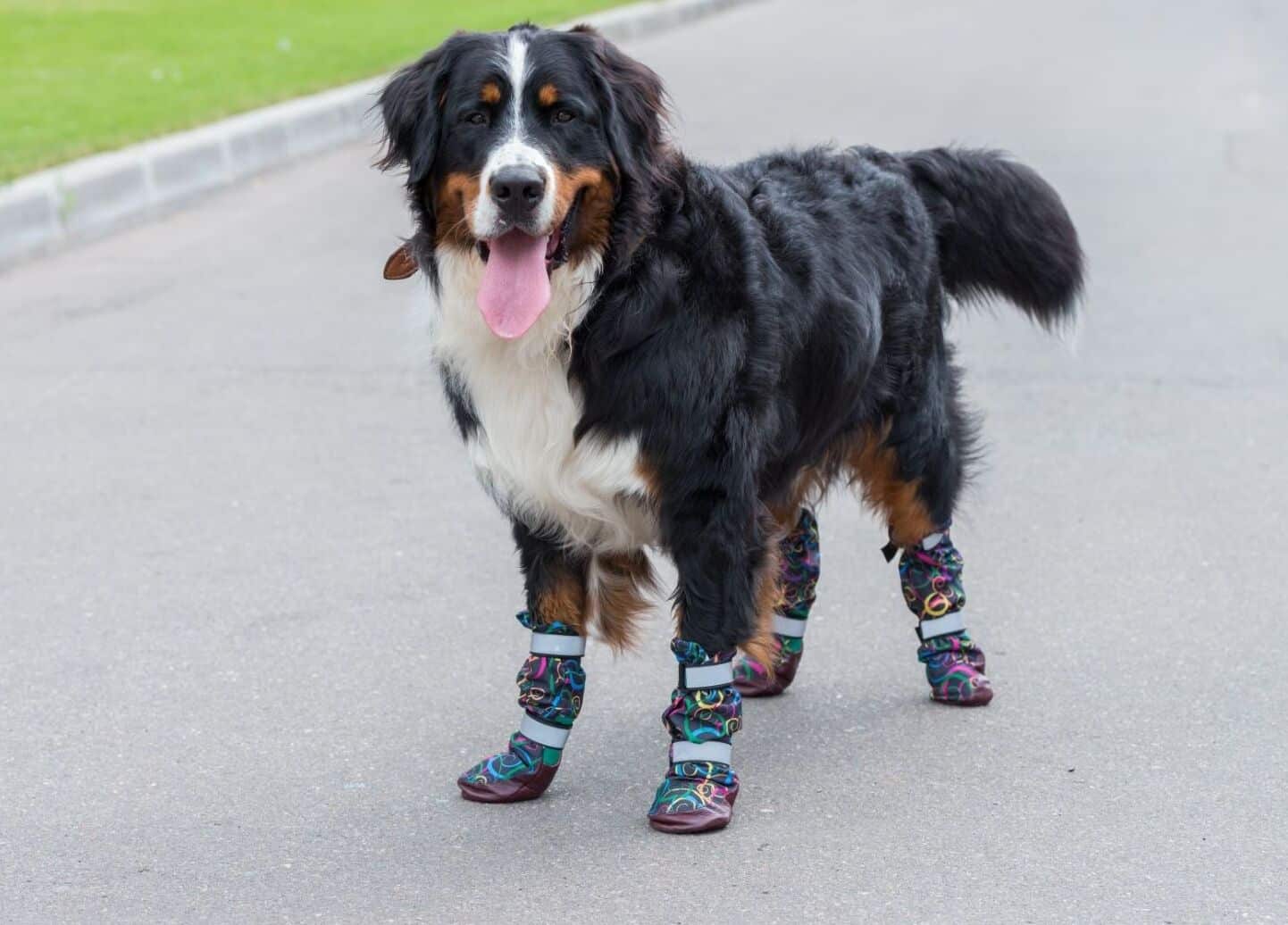Ticks are probably one of the most common and annoying parasites dogs have to deal with. As pet owners, we dread them as much as dogs do, since we know how upsetting they can be for them. Itching, redness, hair loss, fever, and loss of appetite are some of the symptoms they can cause. Keep reading this article to learn how to remove a tick from a dog!
Different kinds of ticks
Dog ticks: These kinds of ticks are the most common ones. You can find them in the eastern part of the U.S. They can cause rocky mountain spotted fever and tularemia.
Black-legged or deer ticks: These ticks are super small which makes them hard to spot. They can be found in the eastern and upper western regions of the US. They can cause Lyme disease.
Lone star ticks: They live in the Northeast region of the U.S. It can cause ehrlichiosis and rash illness.



Preventing ticks is key to your dog’s health. Apart from using tick collars, sprays, powders, and any other tick control preventive treatment, you need to check your dog. Ticks usually like to hide on particular dogs’ spots, such as: around their neck, inside their ears, between their toes, around their eyelids, and under their arms and legs.
How to remove a tick from a dog
If you find a tick on your dog, it’s important to remove it immediately. However, learning how to remove a tick from a dog can be a hard task. In order to do so, we recommend you use gloves, a magnifying glass to have a better view of what is going on, tweezers, and antiseptic cleansing wipes.
1: Get hold of the tick with your tweezers as close to your dog’s skin as possible.
2: Slowly pull the tick out from your dog’s skin, applying the right amount of pressure to remove it.
3: Avoid tearing or twisting the tick: It can cause skin infections.
4: Use our antiseptic wipes to clean the affected area and kill bacteria.
Never remove a tick with your fingernails! Using your bare hands can increase the possibility of infection.
Keep an eye on your dog through the following days: If your dog experiences fever, loss of appetite, swelling of joints, lameness, or generalized discomfort, you should contact your vet as soon as possible to make a full evaluation.
Once ticks are gone, make sure they won’t be back. Use tick control treatments, check your grass regularly, and examine your dog for ticks on a daily basis.

















